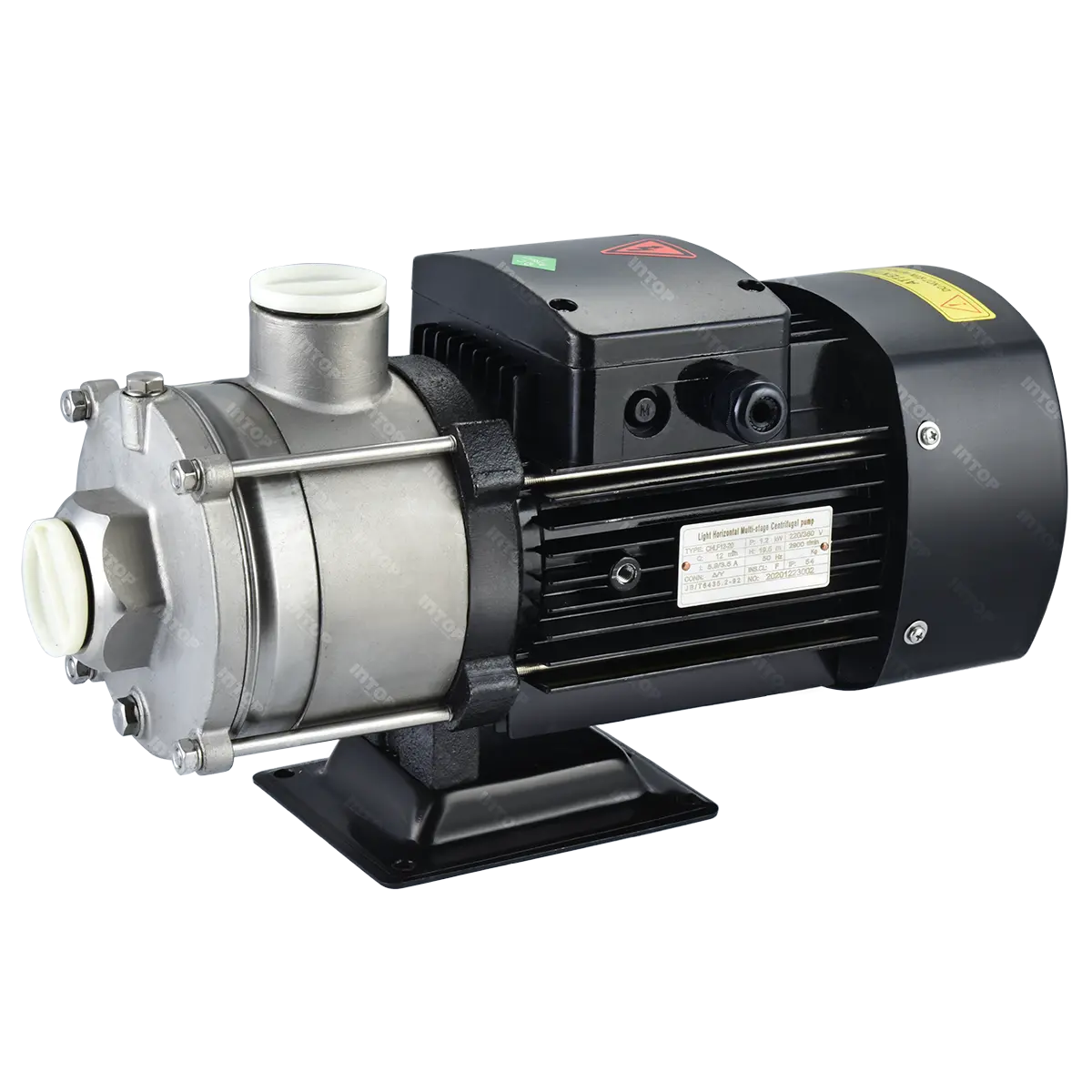
×
![]()
Description
🌡️ What is a Heat Pump HVAC and How Does It Work?A heat pump HVAC system is a highly efficient heating and cooling solution that can regulate indoor temperatures year-round. Unlike traditional heating systems, which rely on burning fuel, a heat pump works by transferring heat from the outside air into your home during the winter and reversing the process in the summer to cool your space. This dual functionality makes heat pump HVAC systems a cost-effective and environmentally friendly choice for residential and commercial applications. 💰 Why Choose a Heat Pump HVAC for Your Home or Business?A heat pump HVAC system offers long-term cost savings by reducing energy consumption compared to conventional heating and cooling methods. It works by transferring heat rather than generating it, making it significantly more energy-efficient. This makes it an ideal choice for homeowners and businesses looking to reduce their energy bills while maintaining consistent comfort. Additionally, heat pumps require minimal maintenance, saving you time and money on repairs and replacements. 🌍 The Environmental Benefits of Heat Pump HVAC SystemsA heat pump HVAC system is an eco-friendly alternative to traditional heating and cooling methods. Since it doesn’t rely on burning fossil fuels, it significantly reduces greenhouse gas emissions. By utilizing renewable energy from the air, heat pumps reduce your carbon footprint while providing effective indoor climate control. This makes them an excellent choice for individuals and businesses committed to sustainability and reducing their environmental impact. |
Technical Features
| Max. Flow | Up to 117 l/min( 7 m3/h) |
| Max. Head | Up to 53 m |
| Liquid Temperature | Between 0 °C and 120 °C |
| Ambient Temperature | Up to 50 °C |
| Max. Working Pressure | Up to 6 bar |
| Ingress Protection Rating | IPX4 |
| Application Range | Domestic / Commercial |
| Application liquid | Clean Water |
Construction Materials
| Pump Housing | Cast Iron |
| Impeller | SS304 |
| Shaft | SS304 |
| Motor Bracket | Cast Aluminum |
Certifications
Performance Data
| Model | Power(P2) | Max. Flow | Max. Head | Inlet/Outlet | Head Range | |
|---|---|---|---|---|---|---|
| Three-Phase | kW | HP | m³/h | m | inch | m |
| CM4-20 | 0.55 | 0.75 | 7 | 18 | 1¼ × 1¼ | 0~18 |
| CM4-30 | 0.75 | 1 | 7 | 27 | 1¼ × 1¼ | 0~27 |
| CM4-40 | 0.75 | 1 | 7 | 36 | 1¼ × 1¼ | 0~36 |
| CM4-50 | 1 | 1.35 | 7 | 44 | 1¼ × 1¼ | 0~44 |
| CM4-60 | 1.1 | 1.5 | 7 | 53 | 1¼ × 1¼ | 0~53 |
You Might Be Interested
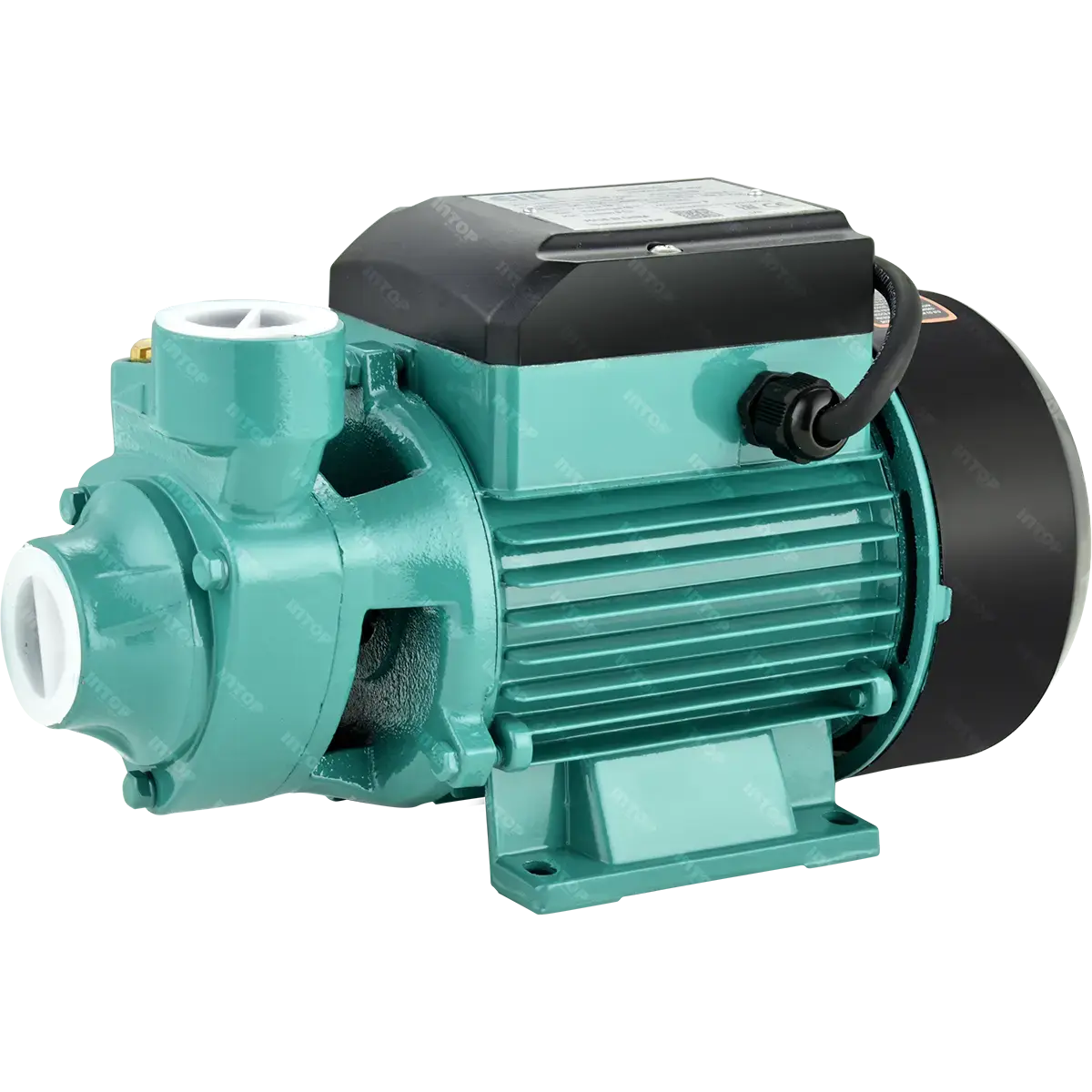
QB
| Max. Flow | 60 l/min |
| Max. Head | 60 m |
| Max. Power | 0.75 kW |
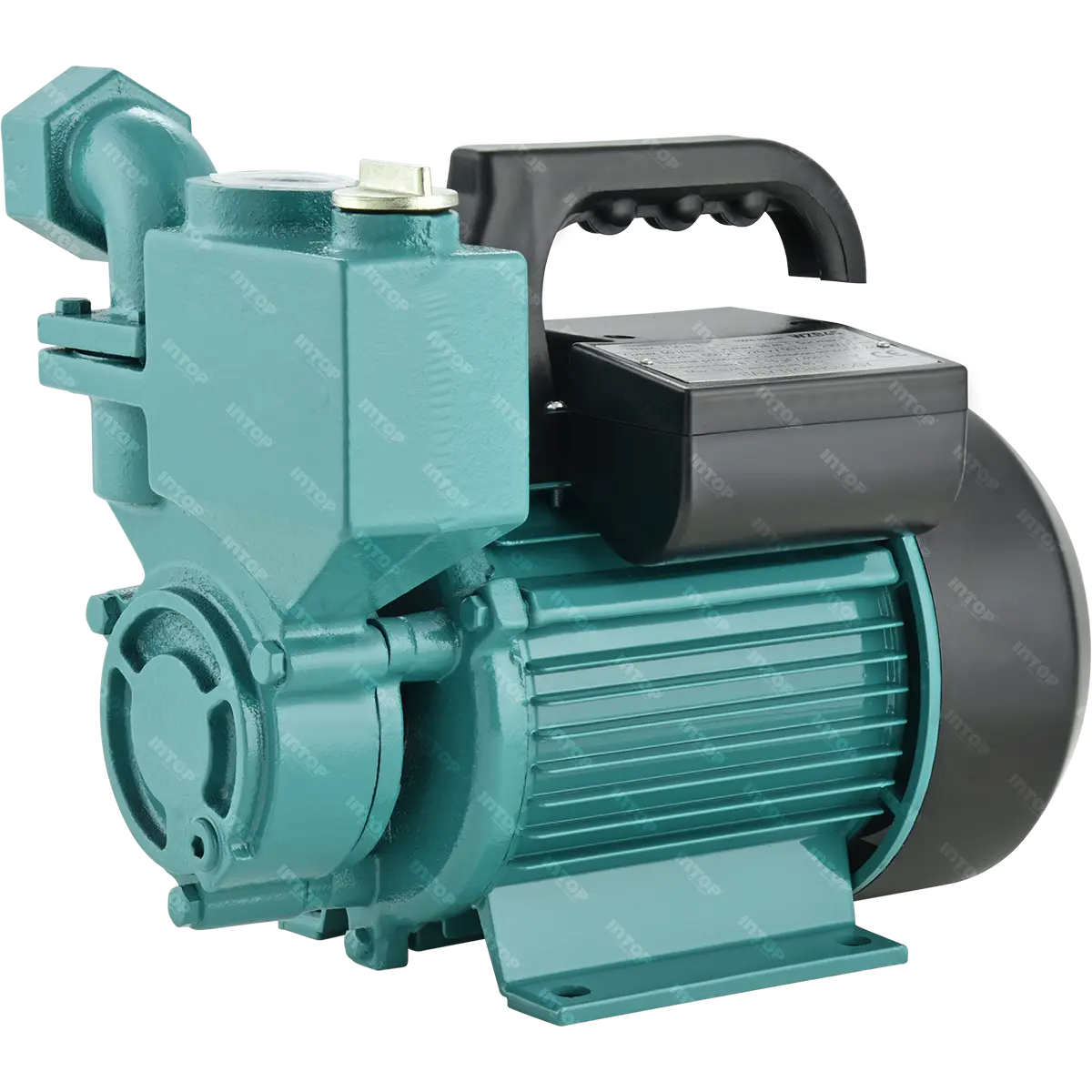
WZB
| Max. Flow | 65 l/min |
| Max. Head | 50 m |
| Max. Power | 0.75 kW |
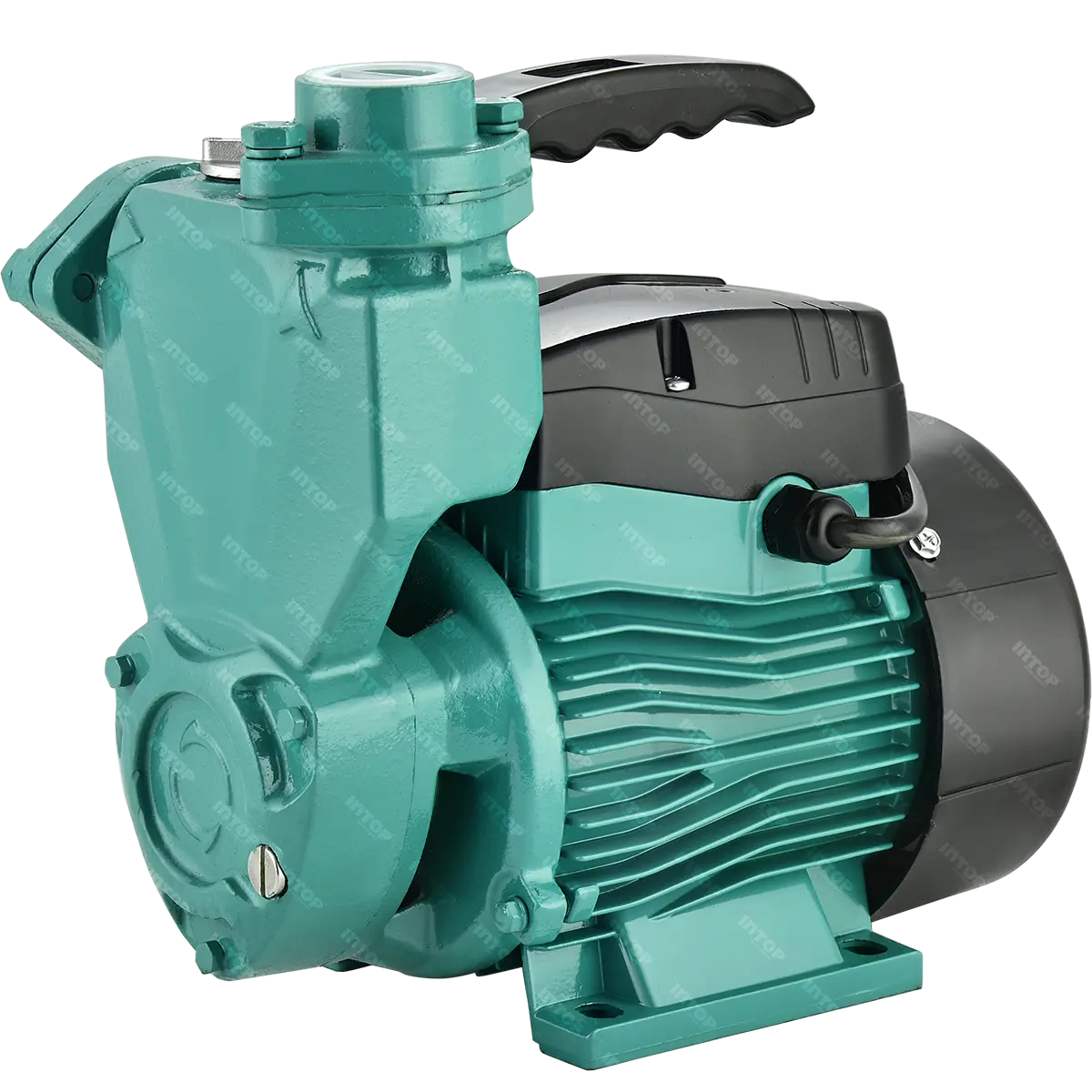
APS
| Max. Flow | 70 l/min |
| Max. Head | 65 m |
| Max. Power | 1.1 kW |
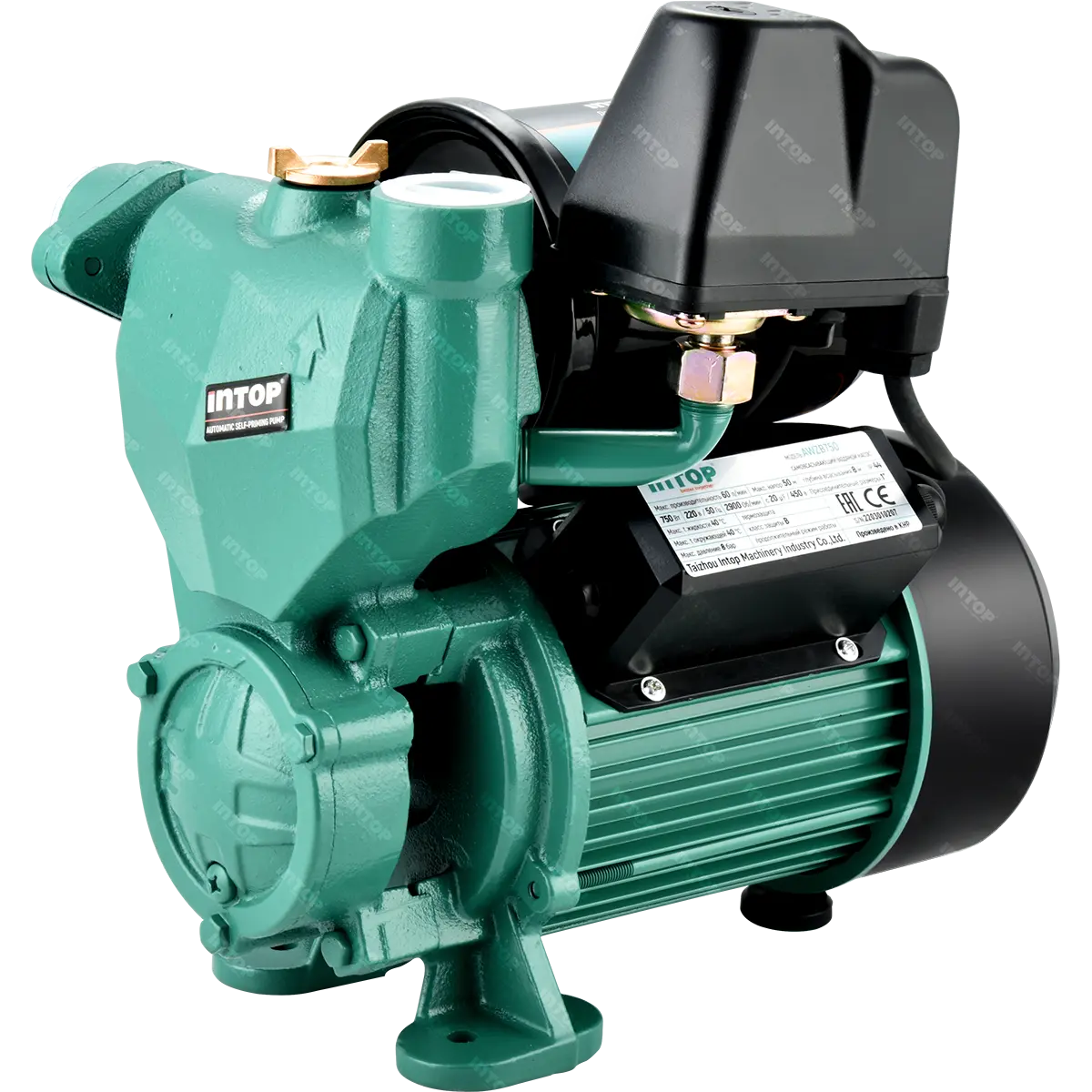
AWZB
| Max. Flow | 80 l/min |
| Max. Head | 50 m |
| Max. Power | 1.1 kW |
